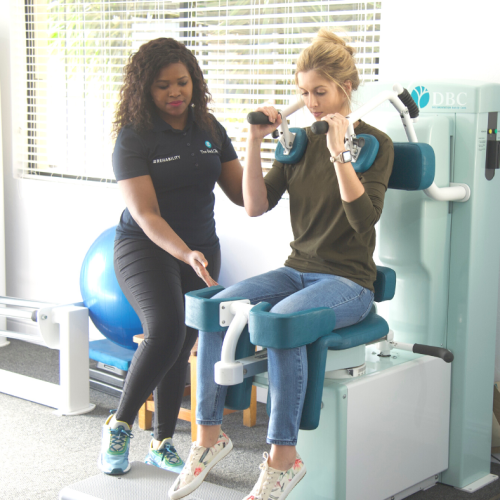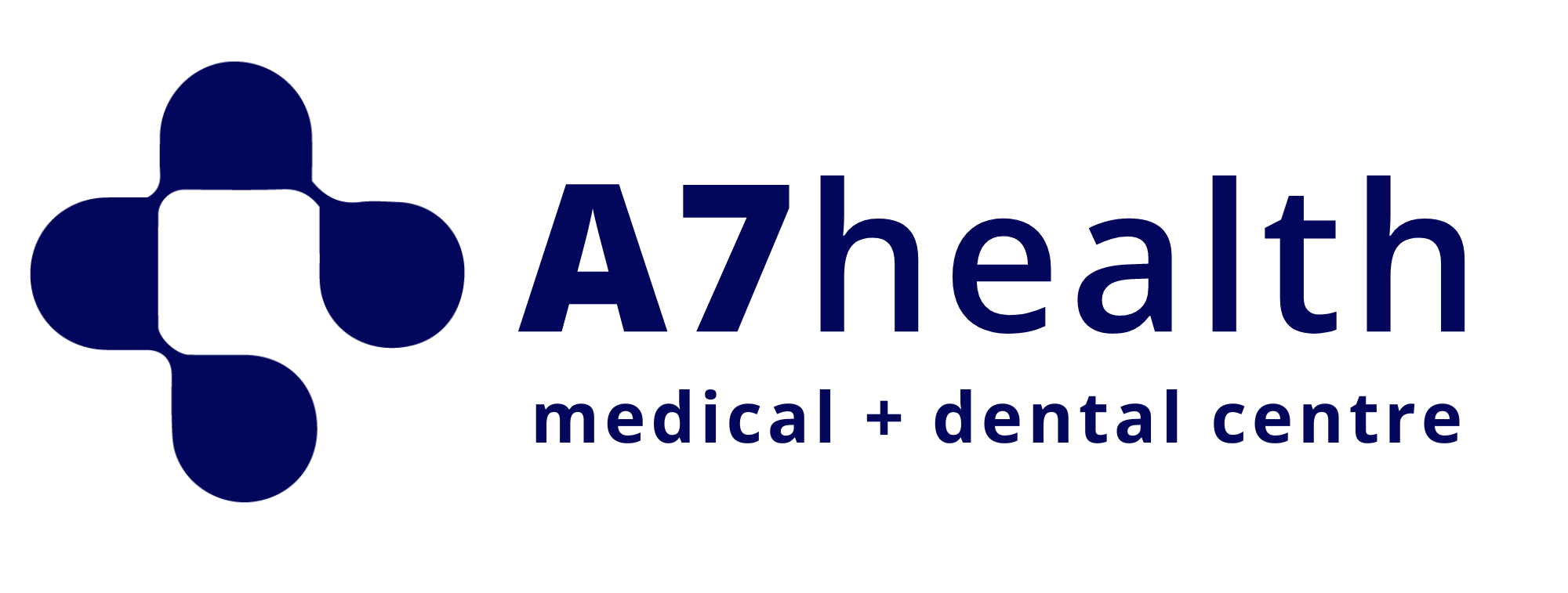Back Pain: Causes and Treatment
Back pain is very common and affects millions of people. Fortunately, proper treatment can help prevent or relieve most types of back pain within a few weeks. Surgery is rarely necessary.
Back pain can be acute (starts suddenly and lasts for up to 6 weeks) or chronic (develops over a longer period, lasts for over 3 months).
Common cause of back pain include:
- Strained muscles or ligaments
- Muscle spasm and tension
- Damaged disks
- Injuries or fractures
- Disease

The human back is made up of a complex structure of muscles, ligaments, tendons, disks and bones that work together to support the body and allow us to move. Causes include but are not limited to:
Structural problems
- Ruptured and bulging disks – If the disk or cushions between them are damaged there will be more pressure on a nerve.
- Sciatica – A sharp and shooting pain travels through the buttock and down the back of the leg, caused by a bulging or herniated disk pressing on the sciatic nerve.
- Spinal Arthritis – The cartilage between the joints slowly breaks down, it leads to inflammation and pain.
- Osteoporosis – Bones, including the vertebrae of the spine, become brittle and porous, making compression fractures more likely.
Treatment at A7 Health for Back Pain:
Get Physiotherapy for Back Pain – Book an appointment with a Physiotherapist at A7 Health to manage your pain. Some of the treatments include:
- Heat therapy.
- Lower back mobility exercises.
- Massage for pain relief.
- Mobilisations on any stiff joints such as your hips, neck, shoulders and lumbar spine joints or the sacroiliac joint (SIJ).
- Pelvic floor strengthening exercises.
- Strengthening exercises for your abdominal muscles.
Movement and posture
Back pain can be caused by some everyday activities performed in poor posture, such as excessive stretching or awkward bending, lifting or carrying heavy objects, standing or sitting for long periods of time, and sleeping on a mattress that does not support the body and keep the spine straight.
Medical conditions
- Cauda equina syndrome – the compression of a collection of nerve roots called the cauda equine.
- Cancer of the spine – A tumor on the spine may press against a nerve, resulting in back pain.
- Infection of the spine – A fever and a tender, warm area on the back could be due to an infection of the spine.
- Other infections – Pelvic inflammatory disease, bladder, or kidney infections may also lead to back pain.
- Sleep disorders – Individuals with sleep disorders are more likely to experience back pain, compared with others.
- Shingles – An infection that can affect the nerves may lead to back pain.
Treatment for back pain
Back pain usually resolves with rest and home remedies, but sometimes medical treatment is necessary. These include:
Physiotherapy – Physiotherapists may use the application of heat and cold, ultrasound, electrical stimulation, and targeted massage to back muscles and soft tissues, as well as posture improvement techniques may help relieve the pain. Flexibility and strength exercises for the back and abdominal muscles will reduce the risk of recurrence. Contact A7 Health for treatment.
Complementary therapies – Therapies such as chiropractic, osteopathy, shiatsu, yoga and acupuncture may be used alongside physiotherapy and biokinetics. Reviews as to their efficacy are mixed.
Transcutaneous electrical nerve stimulation (TENS) – Is a popular therapy used for chronic back pain. The TENS machine delivers small electric pulses into the body through electrodes that are placed on the skin. Experts believe TENS encourages the body to produce endorphins and may block pain signals returning to the brain. Studies on TENS have provided mixed results.
Medication – Back pain that does not respond well to OTC painkillers may require a prescription NSAID. Narcotics, may be prescribed for short periods and should be closely monitoring by the doctor.
Surgery – Surgery for back pain is very rare. These may include fusion (joining vertebrae together), artificial disks or discectomy (portion of a disc removed).
